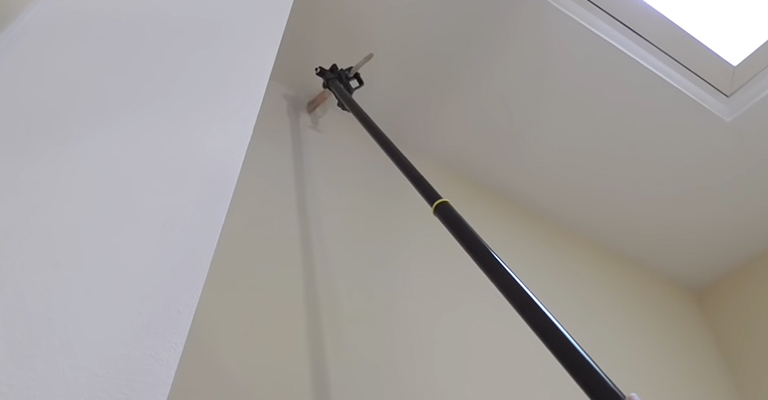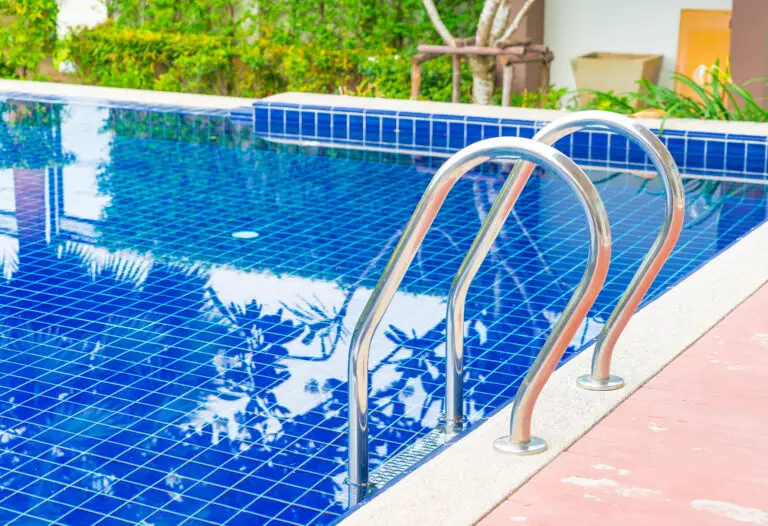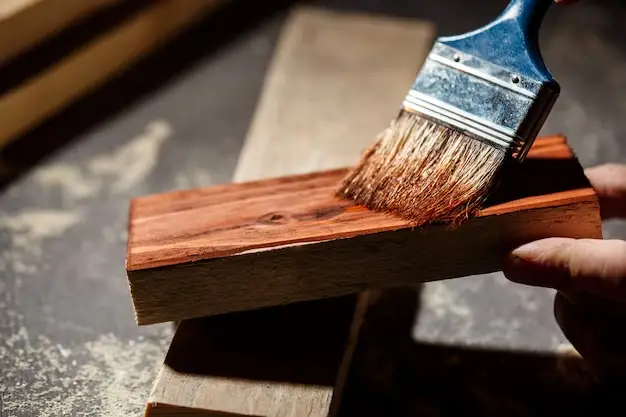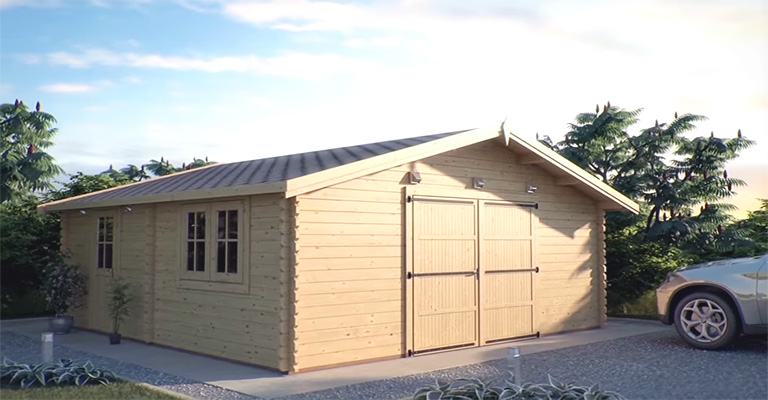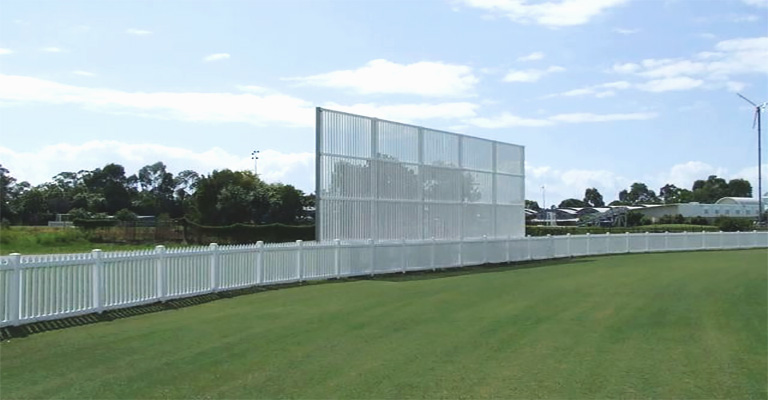The True Cost to Finish a Basement: Breaking It Down

If you’re considering adding extra living space to your home, finishing your basement can be a worthwhile investment. Not only does it enhance the overall appeal and functionality of your home, but it can also substantially increase its resale value. However, a common question homeowners ask is: “How much does it cost to finish a basement?”
In this article, we’ll provide a comprehensive breakdown of the costs associated with finishing a basement, ensuring you have a clear understanding of where your money goes and how to budget accordingly.
Factors Affecting the Cost
The cost to finish a basement can vary widely based on several factors:
Size of the Basement
Naturally, the bigger the basement, the higher the cost. This affects the materials required, labor, and duration of the project.
Purpose of the Finished Space
Are you turning it into a home theater, a bedroom, a gym, or a rental unit? Different purposes have varying requirements and costs.
Quality of Materials
High-end finishes and luxury features will raise the cost compared to more basic or mid-range options.
Labor Costs
Rates differ based on your location and the expertise of the contractors hired.
Permitting and Inspections
Depending on your locality, there may be fees associated with pulling permits and subsequent inspections.
Breakdown of Costs
Framing
Framing is one of the initial steps, involving the installation of wooden structures to form rooms. Costs can range from $1 to $2 per square foot.
Insulation
Insulating your basement ensures energy efficiency and comfort. Depending on the type of insulation you choose (e.g., blanket, foam board, or spray foam), costs can range from $0.50 to $2.50 per square foot.
Drywall
Installation of drywall costs on average $1.50 to $3 per square foot, including both labor and materials.
Flooring
The type of flooring you choose plays a significant role in the overall cost. Carpet is often a popular choice for basements and costs between $3 to $5 per square foot. However, if you’re eyeing ceramic tiles or vinyl, costs can range anywhere from $5 to $10 per square foot.
Ceiling
Drop ceilings are commonly used in basements, and these can cost $2 to $7 per square foot. Alternatively, a drywall ceiling can cost around $1.50 to $3 per square foot.
Electrical and Plumbing
Depending on the complexity of the design, electrical work can cost between $50 to $100 per fixture. Plumbing, especially if you plan to add a bathroom, can add between $1,000 to $5,000 or more to the overall cost.
Finishing Touches
Think about paint, light fixtures, doors, trim, and other finishing touches. These can add anywhere from $3,000 to $8,000, depending on your preferences.
Budgeting Tips
Set a Clear Vision
Knowing what you want beforehand can prevent scope creep and unexpected expenses.
Get Multiple Quotes
This ensures you’re getting a fair price and allows you to choose a contractor that fits both your budget and vision.
Plan for Unexpected Costs
Always keep a buffer of at least 10-20% of your budget for unexpected expenses.
Potential Return on Investment (ROI)
While finishing your basement involves a substantial upfront cost, it’s essential to consider the potential return on investment (ROI). On average, homeowners can expect an ROI of around 70-75% on basement finishing projects. This percentage means that if you spend $30,000 on finishing your basement, you could potentially add around $21,000 to $22,500 to your home’s resale value.
Furthermore, a finished basement offers non-monetary returns, such as:
Increased Living Space
Transforming your basement into a functional space can accommodate growing families, provide room for hobbies, or serve as a personal retreat.
Potential Rental Income
If you’ve designed a self-contained living space (like a basement apartment), you can rent it out and enjoy a steady stream of income, which can be especially beneficial in areas with high rental demand.
Energy Efficiency
Properly insulated basements can reduce energy bills, as they help maintain a steady temperature in the home.
Tips for Maximizing ROI
Universal Design
Opt for neutral designs that appeal to a broader range of people. While personalized touches give character, they may not resonate with potential buyers or renters.
Avoid Over-improving
While it’s tempting to go all out, it’s crucial to keep your renovations in line with the overall value and style of your home. Over-improving can lead to costs that you can’t recoup upon resale.
Regular Maintenance
Once your basement is finished, regular maintenance is key. Keeping it in top shape will ensure it remains an asset rather than becoming a potential deterrent for buyers.
Research Local Trends
Check out what features are popular in finished basements in your area. In some regions, a home gym might be a hit, while in others, a home theater might be the rage.
Wrapping Up
Embarking on a basement remodeling project stands out as a cost-effective way to maximize your home’s square footage. Whether you’re transforming a completely unfinished basement into a cozy living area, adding a convenient basement bathroom, or setting up an organized laundry room, attention to detail can significantly save money in the long run. Factoring in labor and material costs is essential, especially when addressing crucial elements like the basement ceiling, basement walls, and ensuring proper installation of plumbing and electrical work.
Furthermore, many homeowners overlook the significance of egress windows in their basement finishing project – a feature that can significantly enhance safety and natural light. Incorporating a sump pump can also be a game-changer, especially if you’re utilizing existing plumbing. While costs can vary, taking proactive measures and thoroughly planning each aspect of your renovation, from plumbing to the type of basement ceiling, can result in a harmonious blend of functionality and aesthetics.
While a basement remodeling project might seem daunting, especially when faced with decisions related to egress windows, sump pumps, and the vast choices in finishing basement walls and ceilings, proper planning can mitigate most challenges. Remember, investing wisely in both labor and materials from the onset will not only bolster the longevity and utility of your space but also ensure you reap maximum benefits from every square foot you revamp.

